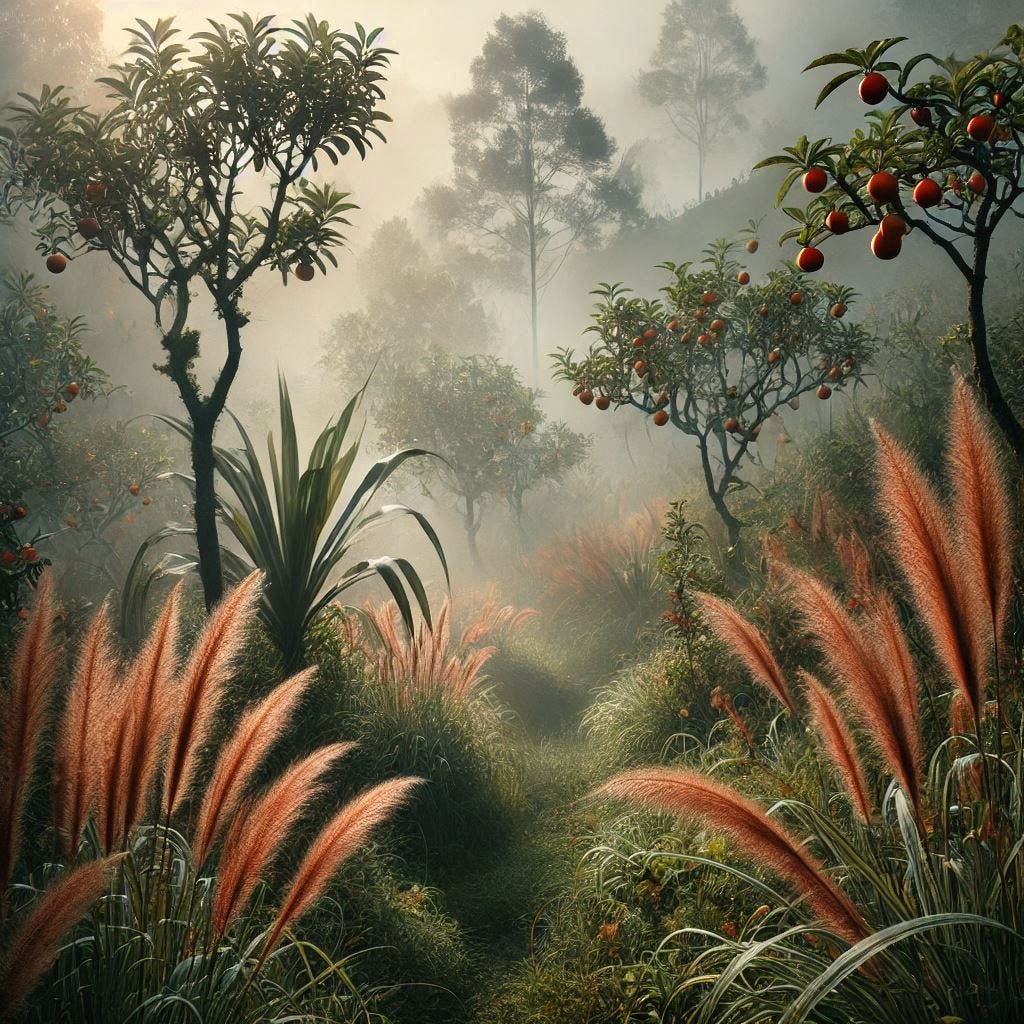2:5 No plant of the field was yet in the earth, and no herb of the field had yet sprung up; for Yahweh God had not caused it to rain on the earth. There was not a man to till the ground,
A Multidisciplinary Contextualized Analysis of Select Passages From Genesis Version 2.0
6 but a mist went up from the earth, and watered the whole surface of the ground.
[This is an excerpt from a new edition I’m writing of a personal study of the book of Genesis, the first edition of which can be found here. The purpose of this exercise is to compare a close reading of the text to our current understanding of language, paleontology, and the physical sciences. Constructive discussion on the elements presented is always encouraged!]
Historical Event: Beginning of the Holocene
Age of universe: ≈13,798,988,300 years (apx. 9,700 BCE)
There are those who read Genesis chapter 2 as a parallel account of the 6th “yom” as Adam is created in verse 2:6. Verse 2:5b is considered support of that interpretation stating, “There was not a man to till the ground”. This is often thought to mean that it is a time at which there were no humans.
For a plurality of reasons discussed throughout this study, the formation of the individual Adam and the creation of mankind are separate events. But in regards to verses 2:5-6 specifically, it is not describing the absence of humans. This exposition is establishing that to this point no human had been cultivating plants. Additionally, it explains that there were daily condensation accumulations negating the need for directed irrigation. If all the plants one needs to survive grow sufficiently on their own without assistance, then there is little motivation to plan a farm.
Plant cultivation was not common among early man. Although paleontological evidence shows evidence of some forms of farming roughly 12,000 to 23,000 years ago, the largest shift towards cultivation was after the end of the last ice age. Until then, humans have been almost exclusively hunter gatherers.
Another curiosity is the mention of no rainfall during this time. Not only is that a strange detail to include, it is also mentioned later during Noah’s tale in chapter 7. Today even the most arid regions of the world have at least occasional or seasonal rainfall, so this detail would seem to be entirely fictional. However, we cannot compare the climate of 21st century earth to that of the beginning of the Holocene nearly ten thousand years ago.
During the last ice age it is projected that globally there was roughly 10% less rainfall than is typical today. Although this seems like a modest difference, the large majority of rain was expected to be over the ocean. Liquid precipitation over inhabited areas of land may have been notably rare during this time. Despite this theoretical lack of rainfall, plant life thrived across the inhabitable regions world.
Even today there are climate regions where rainfall is infrequent but overnight dew and thick fog provides significant daily moisture. For example, the central and northern coastlines of California receive a relatively modest amount of rainfall every year compared to other non-desert regions of North America. However, much of the area has thriving plant life throughout the year. One of the most notable examples of this is the Sequoia National Forest which includes the world's tallest trees. The thick fog and dew characteristic to this area account for as much as 80% of the annual moisture accumulation in that verdant region.
Based on our current understanding of the environment during the last ice age and the history of human plant cultivation, these few verses reflect the environment and culture practices of approximately 10,000 years ago.



